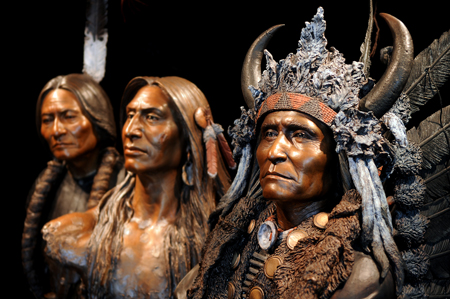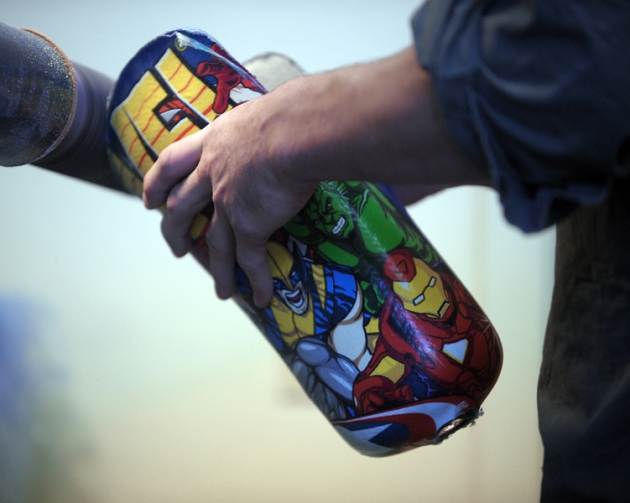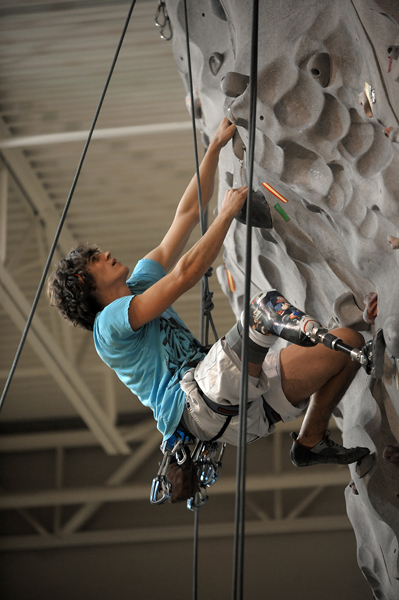When I was a college student I loved my media ethics class. It was media ethics that lead me to minor in Philosophy, a choice I’m still glad I made.
Looking at the laws that constrain verses the laws that empower. Looking at various situations where journalists have to make judgments about how far to go, how hard to push, when to soften their approach and when to draw the hard line. Journalism ethics revolves around the truth. It is the highest principle to which we aspire — our goal is to be truth tellers. But there remains and entire bevy of concerns that have to be thought through, argued over, considered and even reconsidered when it comes to telling that truth.
If you photograph a person in a moment of grief have you invaded their privacy? Assume they are in the public eye and you legally have the right to photograph them, does that mean it is right? That photograph could haunt them for years? Do you take their pain into consideration? Or you photograph a fatal home fire. Someone’s loved one has died? What consideration do you give the family? How do you decide?
Some weeks ago I photographed a three car injury accident. One of the first responders on scene tried to wave me off, telling me I was not allowed to photograph the injured person because they were protected by HIPA (the Health Information Protection Act). I had to do my job, which means taking the pictures, but I also had to come back to the office and research HIPA vs. the Freedom of Information Act. Next time this occurs, I’ll know that HIPA constrains medical and or emergency responders, not photographers. If it happens in the public eye, I have the right to photograph it. But again, just because you have the right to do something, does not mean it is right to do it.
Here’s one I remember well. Imagine that you are photographing a group of high school students doing a car wash fund raiser. You just know that at some point a water fight is going to break out. Duh. The question is when. If it’s going to happen anyway, and you want to be there when it happens can get the shots, can you wink and nod at one of the kids to suggest he start the fight and that way you get the photos you want or is that directing the scene in an unethical fashion? It may not seem like a major infraction but it is. You have altered reality. And any time you do that, you are not keeping loyalty to the truth as your primary concern.
After so many years in the news biz, I am still amazed at all the little ways these ethical issues arise. Being an ethical journalist is a constant challenge. If my objective is to tell the truth, then that means I cannot stage an event. I get offers on a weekly basis where someone is trying to be helpful and they say something like, “Oh, I could just pull the people you need together and we could act like we’re doing that.” No. No. No. I have to tell them “No” because what they are suggesting is unethical. It is a visual lie.
One of the biggest challenges to ethical journalism has to do with photo editing. This is not a photoshop issue. Photo manipulation is as old as the darkroom. But with incredible tools like Photoshop manipulation has become easier and easier. It wasn’t that long ago that the photographer from the Toledo Blade was caught digitally manipulating photos. Twice he claimed to be changing elements to make prints just for himself, not meant for publication. There was a quote that came out of all of that which sums everything up perfectly: “Our credibility is all we have to offer – it must be protected.” That’s truth. Once you lie, you can never win that trust back.
Sadly, the news is not free of deception. Journalists can be deceived and thereby used to deceive others. We must constantly be vigilant and strive not to allow this. Today we’ve been given yet another example of photo manipulation being published as a document of reality.
I found this story on NPR: Snow-Wash: North Korea Doctored Photo of Kim’s Funeral.
http://www.npr.org/blogs/pictureshow/2011/12/29/144420031/north-korean-funeral-photoshop-faux-pas?sc=fb&cc=fp
The problem is the people who were digitally removed. Take them out, remove the tracks in the snow and you have this nice clean line. That is obviously wrong. No question. But there is a harder ethical question for me in these images. The challenge for me has to do with the weather.
I face this question when I am editing and toning photos we pick up from the Associated Press. I know how our presses print, and I don’t really know what the weather was like when the photographer made their shot. Is the darkness the result of badly exposed images or actual cloud cover? If I lighten the image for our presses is that lying or am I simply making sure our readers can clearly read the image before them? Look at the crowd in the lower image, you can see more the human faces, not the details of them, but still enough to get the sense of individuals. Is that too far? And also, the two photos of Kim have been highlighted (the one on the car and the one on the building in the background). How much of this is communicating and how much is over-manipulation? Clearly, the lower image is too far, but where is the line in the sand?
Stories like this make me sad. Every time journalism is used to deceive, or rather misused, a little more of that public trust gets chipped away. I hate the lie and I hate the damage it will do, but stories like this are also an important reminder for me. Sometimes I can get to where I have been doing this for so long that it doesn’t seem like a major ethical matter. Familiarity breeds contempt is what they say, but for me familiarity breeds apathy.
My first loyalty must always be to the truth. That is the immovable line. Tell the truth. No more, no less. Every photographer must ultimately decide for themselves, because really, it’s pretty easy to cheat and lie and get away with it. You have to choose to aspire for better.












